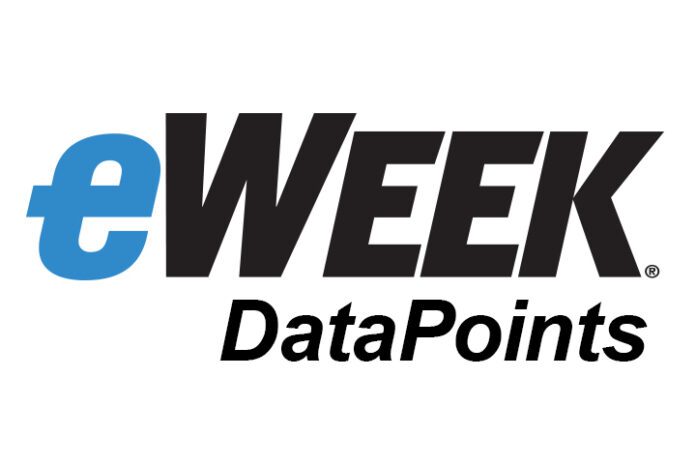Distributed multi-tenant data centers have begun taking on a more important role in the current environment, as companies seek to ensure the health of their workforce. Traditionally, companies would send their IT staffers into the colocation centers to perform routine maintenance on their hardware.
But with the current pandemic, many firms have begun offloading that function to the centers’ in-house staff, in what is known as Remote Hands.
In this edition of eWEEK Data Points, Drew Leonard, Vice-President of Strategy at Evoque Data Center Solutions, does a deep dive into Remote Hands and explains why more companies are asking data centers to implement this solution.
Data Point No. 1: What is Remote Hands?
Remote Hands is a pay-per-use service, allowing clients to minimize the need to deploy resources to the data center to complete tasks.
- Services include the racking and stacking of equipment, cage and cabinet audits, installations, “eyes and ears” troubleshooting, basic monitoring, rebooting, etc.
- Because the service is ticket-driven, clients have the ability to track their tickets at every phase from receipt through completion.
Data Point No. 2: How does it work?
Clients submit Remote Hands tickets through a portal, email or phone call, with portal tickets being the preferred method for both clients and data centers.
- The data center provider generally acknowledges the receipt of the request within 30 minutes and schedules the work based on current workload within the facility
- Once the work is completed, the technician closes out the ticket in the system.
- The entire process is trackable and reportable.
- All billing is provided through the provider, which is much more manageable than sourcing multiple vendors.
- Remote Hands service is billed in hourly or fractional-hour increments. There is generally a minimum billing commitment for any project, such as 30 minutes.
- Some providers also offer discounted hourly rates for pre-ordered hourly commitments such as 5, 10 or 100-hour blocks.
- In addition, some providers have begun offering Unlimited Remote Hands capabilities for a per-cabinet flat fee.
Data Point No. 3: What trends are we seeing?
Remote Hands has become more prevalent considering the COVID-19 pandemic, with clients are upping their expectations.
- Proven best practices around Remote Hands services have increasingly become “table stakes” required by clients, instead of a service add-on.
- Clients want to be assured that their health and safety is foremost. But they also realize that the safety of the operational staff of the data center is important in order to maintain full operational capabilities.
- Clients are supplementing their technical staff with a higher usage of Remote Hands services.
- Overall, we are seeing clients choosing to engage with the data center in a more remote fashion on multiple levels:
- Remote hands
- Video streaming
- Remote tours
Data Point No. 4: Why is it important to companies?
Health and safety for all is paramount – Remote Hands reduces social interaction for both the data center staff as well as the providers’ clients.
- Minimizes the traffic into and out of the data center.
- Speed to response.
- As clients utilize Remote Hands and become more comfortable with its quality, it is becoming a more widely adopted method for enterprises and service providers to manage physical environments within outsourced data centers.
- Remote Hands enables companies to keep their in-house technicians focused on running their business – especially when IT teams are overwhelmed with responding to accelerating the digital transformation of their firms.
Data Point No. 5: In summary
Remote Hands can be effective for any size client.
- The obvious use case is for the small business that may not have the immediate resources to dedicate to off-site routine work.
- However, Remote Hands is increasingly ideal for large global users who want to have a standardized experience, yet may not have the budget to secure global resources for basic troubleshooting and other similar services.
- Finally, remember that all services are on one bill, so it is easy for clients to manage and track operational budgets.
If you have a suggestion for an eWEEK Data Points article, email cpreimesberger@eweek.com.
